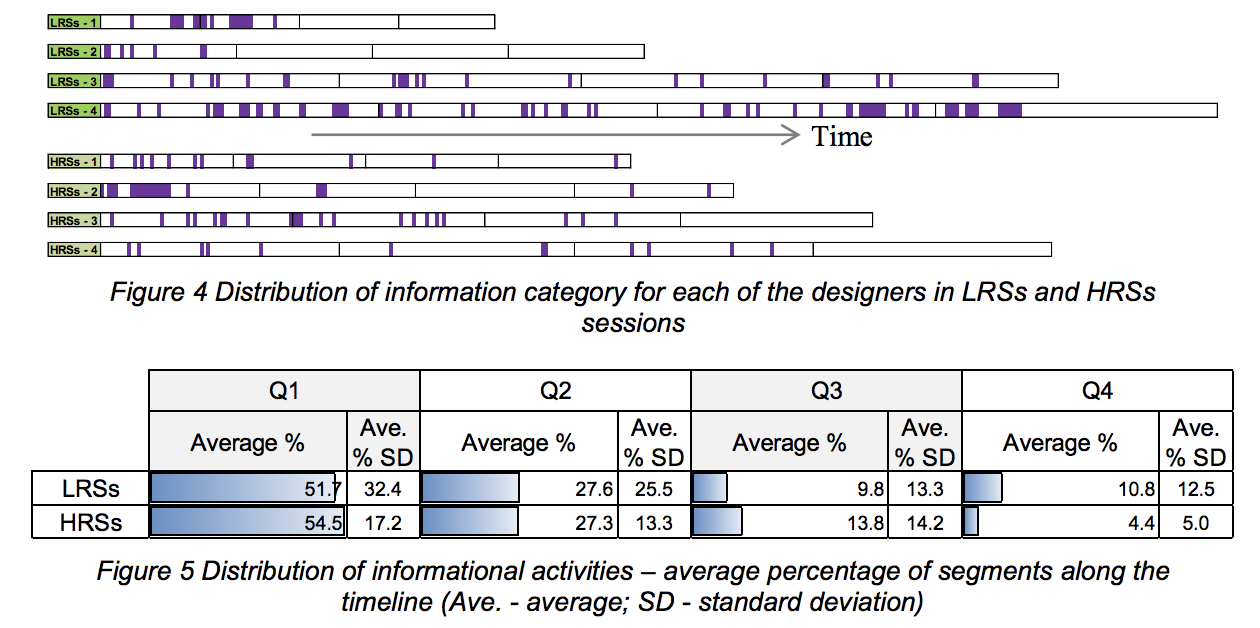
Design For Resource-Limited Societies: Informational Behaviour Of Designers
- Post by: Tobias Larsson
- 30th August 2017
- No Comment
ABSTRACT
There is a sharp contrast between High Resource Settings (HRSs), commonly seen in developed countries and Low Resource Settings (LRSs), typically found in the marginalised sections of societies around the world. Product design for LRSs is crucial to satisfy unmet or under-served needs of the people living in LRSs. Supporting designers to develop successful products for LRSs demands developing an in-depth understanding of their design process, including their informational behaviour.In this research, using think aloud protocol analysis, we compared the designers’ informational behaviour in designing products for LRSs and HRSs, where HRSs is considered a baseline. The findings indicate that designing products for LRSs is more information intensive, and that it influences the informational activities of designers, thus indicating potential impact of a resource-setting on the way designers deal with information.
KEYWORDS
CITATION
Jagtap, S., A. Larsson, A. Warell, (2017), Design For Resource-Limited Societies: Informational Behaviour Of Designers, Proceedings of the 21stInternational Conference on Engineering Design (ICED17), Vol. 1: Resource-Sensitive Design | Design Research Applications and Case Studies, 2017
DOWNLOAD
http://urn.kb.se/resolve?urn=urn:nbn:se:bth-15080
